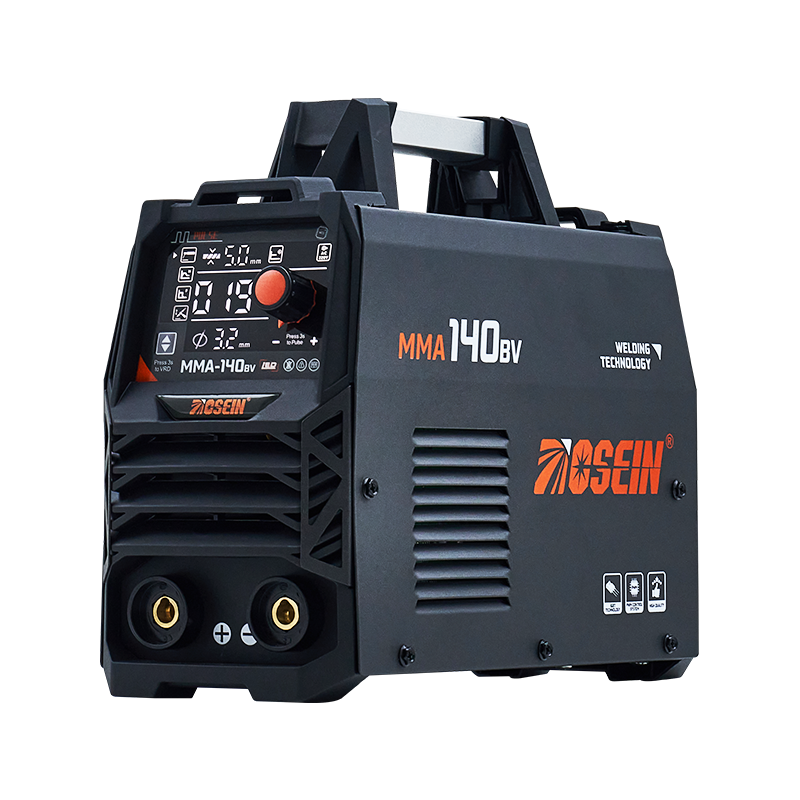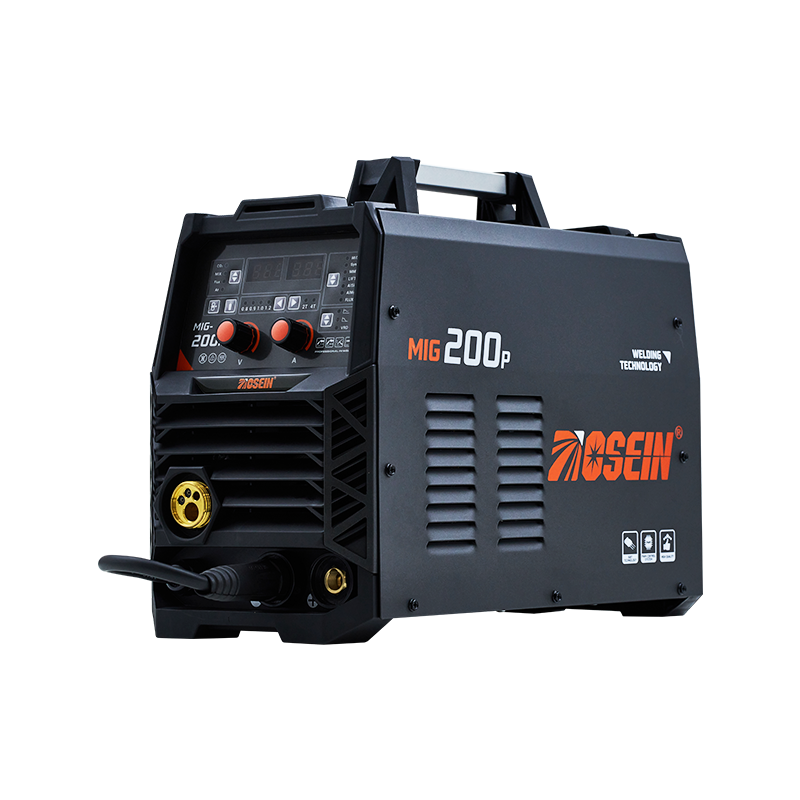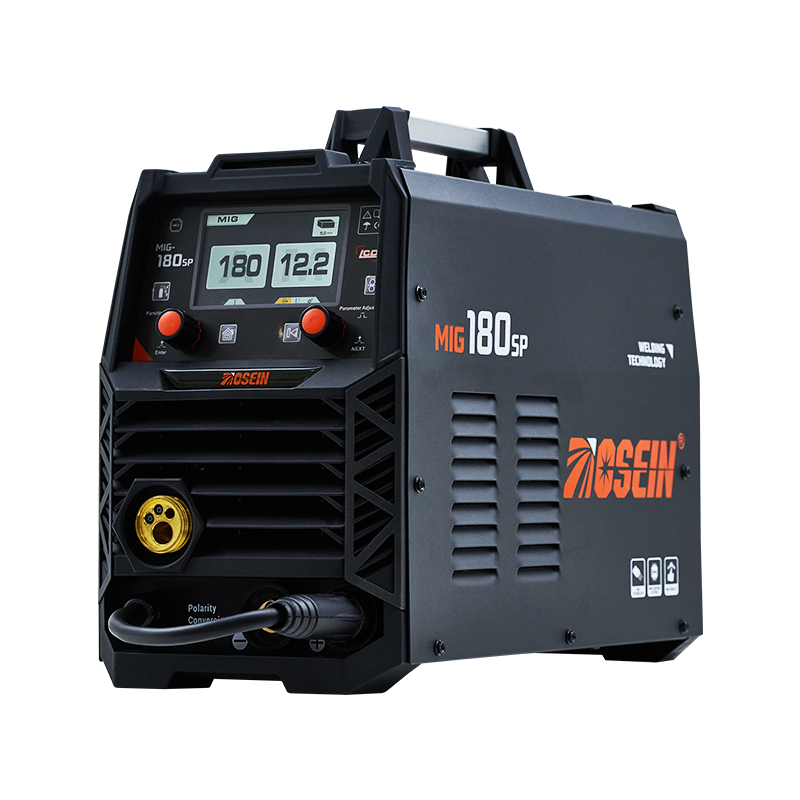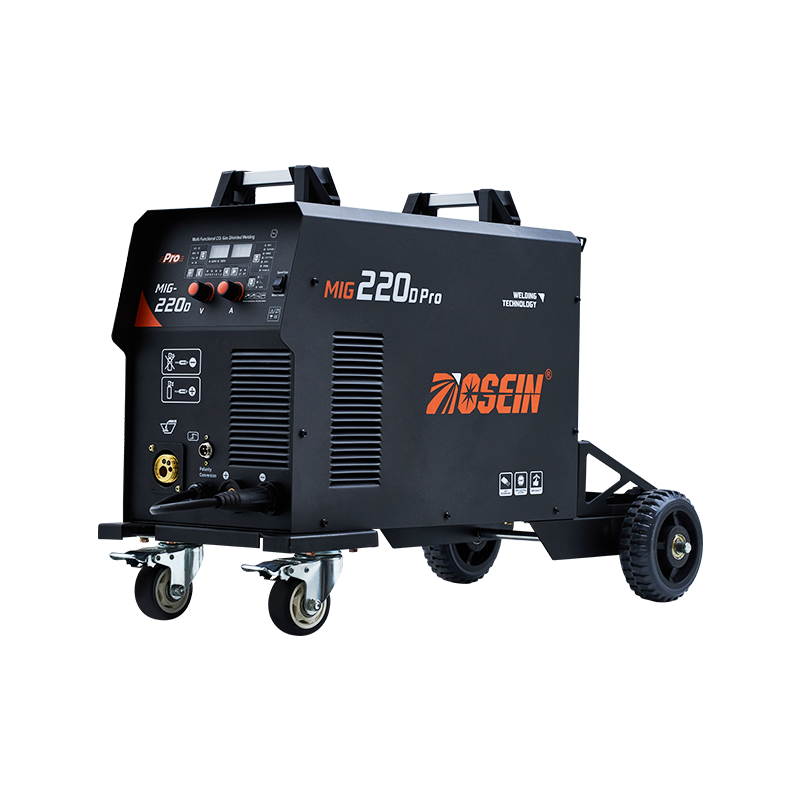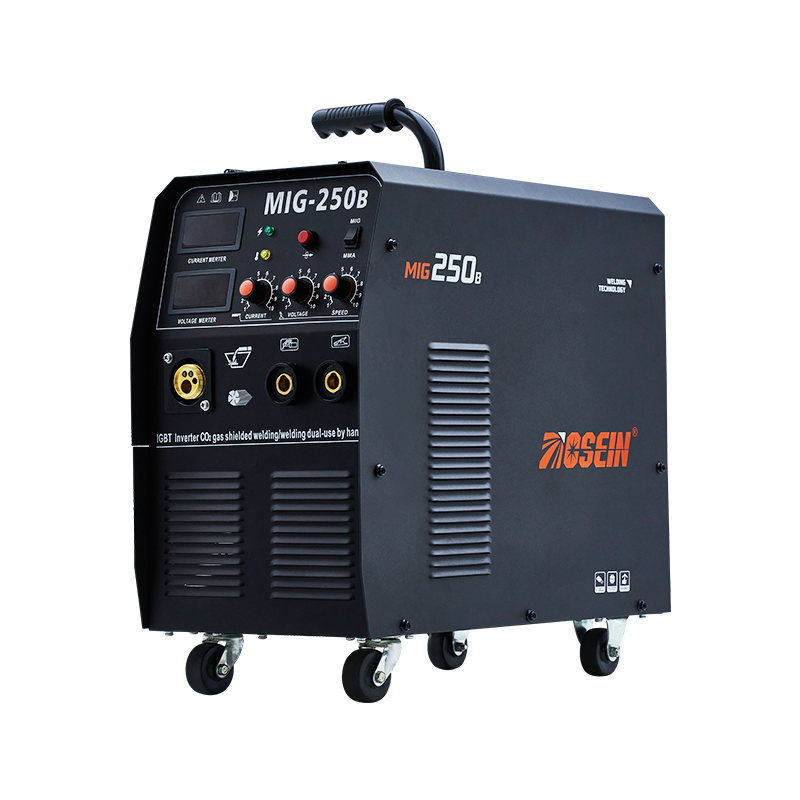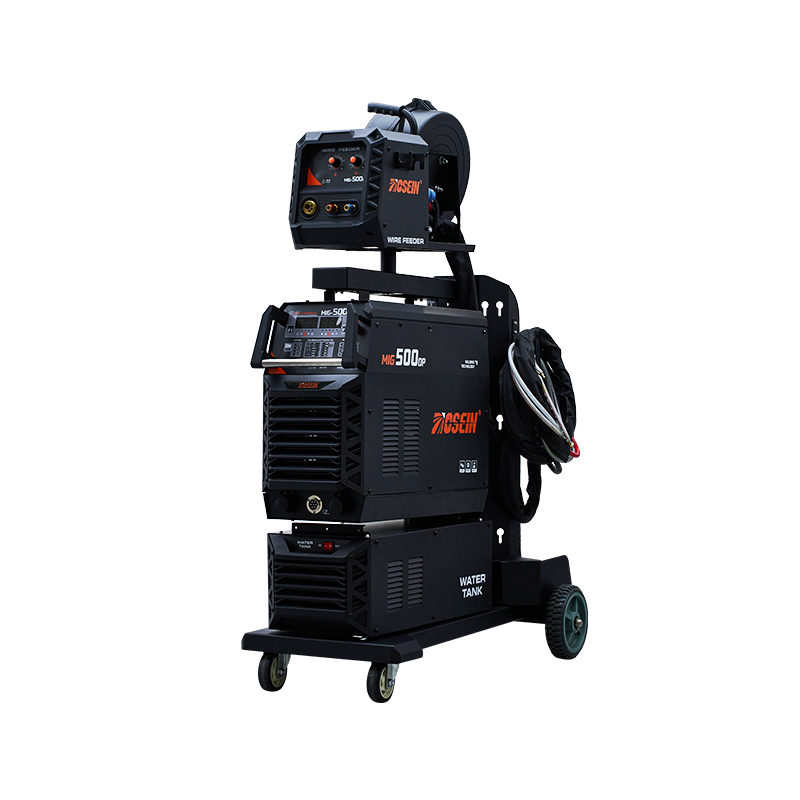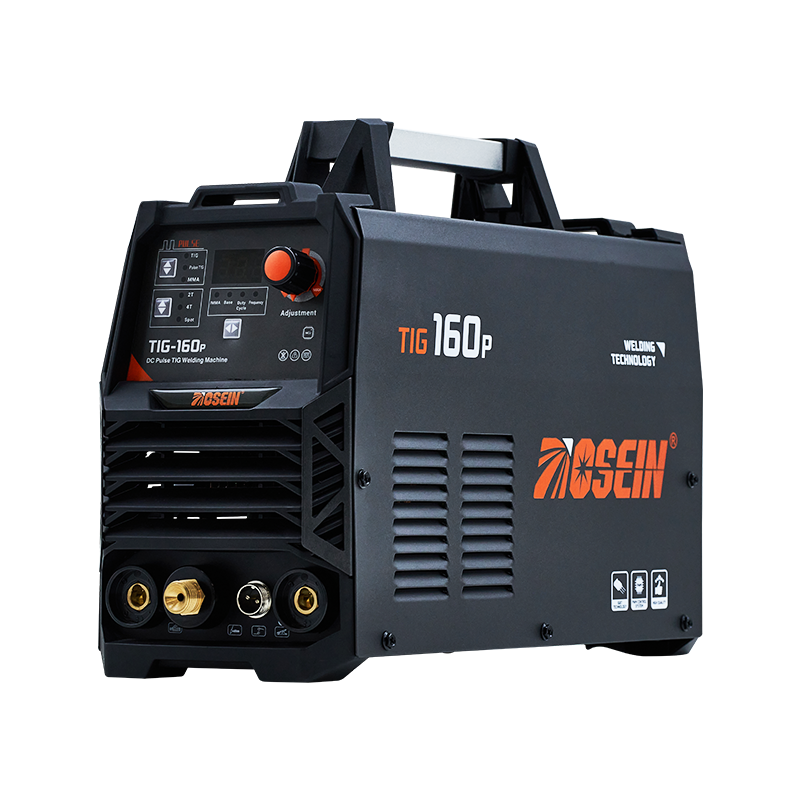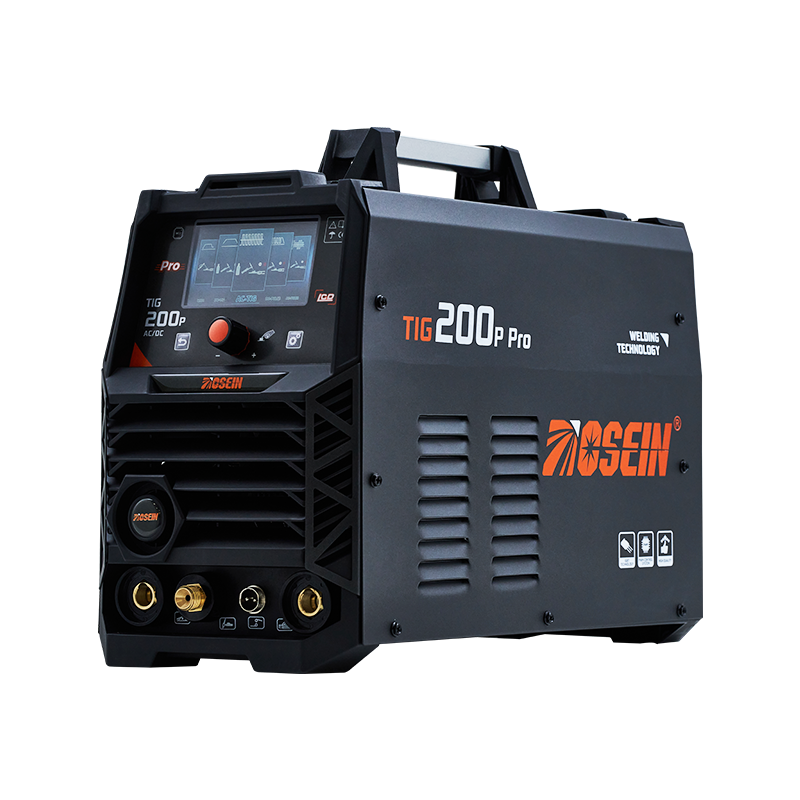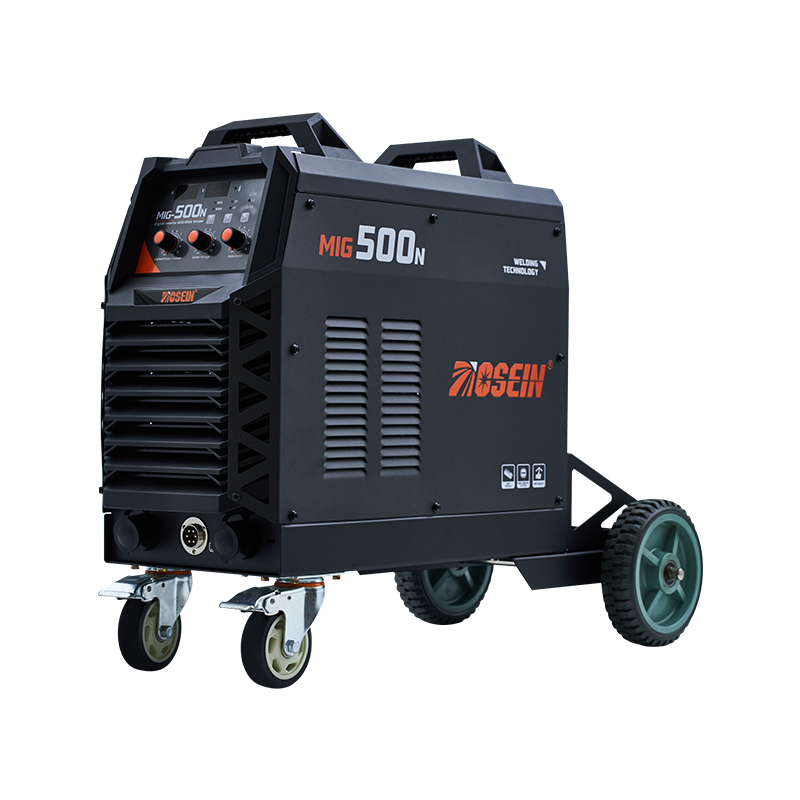
Welding technology has evolved to accommodate a wide range of tasks, from heavy industrial fabrication to small-scale repairs. Portable MIG systems, such as small portable MIG welders, small gas MIG welders, and automatic MIG welders, offer an alternative to traditional larger stationary units. These compact machines are designed to provide flexibility, while still delivering reliable welding performance.
Understanding Portable MIG Systems
Portable MIG systems are engineered for mobility and convenience. Small portable MIG welders, for example, are lightweight and easy to move between job sites or within a workshop. Their compact design makes them particularly useful for tasks in tight spaces, on vehicles, or in fieldwork where a stationary unit would be impractical. Despite their size, modern small portable MIG welders can maintain consistent arcs and reliable wire feed, which helps preserve weld quality across a range of materials.
Small gas MIG welders operate similarly but include the addition of shielding gas to protect the weld from contamination. This makes them suitable for welding materials such as stainless steel and aluminum, where clean, controlled welds are essential. The gas supply adds a layer of complexity, but the improved weld quality often justifies the slightly increased setup and operational considerations.
Automatic MIG welders, another variant of portable systems, provide semi-automated or fully automated wire feed. These machines reduce the need for constant manual adjustment and can speed up welding tasks while maintaining consistent bead quality. In smaller workshops or on mobile projects, automatic MIG welders can provide a balance between efficiency and portability.
Comparing Efficiency with Stationary Units
Larger stationary MIG units often offer higher amperage and the ability to handle thicker materials continuously. They are well-suited for industrial applications where long, uninterrupted welds are required. However, stationary units are typically heavy, require dedicated space, and can take longer to set up, which may reduce overall efficiency in projects that demand mobility or frequent changes of location.
Portable MIG systems, by contrast, offer flexibility that can increase efficiency in specific contexts. For example, transporting a small portable MIG welder to a remote worksite saves time compared to moving a heavy stationary unit. Similarly, small gas MIG welders allow operators to achieve clean, precise welds without needing the extensive infrastructure of larger systems. Automatic MIG welders further enhance productivity by reducing operator adjustments and allowing faster, more consistent welding in short- to medium-length tasks.
Practical Applications
Portable MIG systems are versatile and well-suited for a variety of applications. Small portable MIG welders are commonly used in automotive repair, maintenance work, and DIY projects where mobility is key. Small gas MIG welders are ideal for precision tasks on thin metals or corrosion-resistant materials, while automatic MIG welders can speed up repetitive tasks or assembly-line work in small-scale production.
By offering a balance between portability and performance, these machines allow operators to complete jobs efficiently without the logistical challenges of moving or accommodating stationary units. While they may not replace large industrial welders in every scenario, portable MIG systems are highly effective for projects that prioritize flexibility and speed.
Portable MIG systems, including small portable MIG welders, small gas MIG welders, and automatic MIG welders, provide practical solutions for welding tasks that demand mobility and convenience. While larger stationary units excel in high-volume, continuous welding, portable systems offer efficiency advantages in setup time, transportability, and adaptability to different job sites. For welders working across varied locations or handling smaller projects, portable MIG systems demonstrate that mobility and welding quality can coexist without compromising performance.
